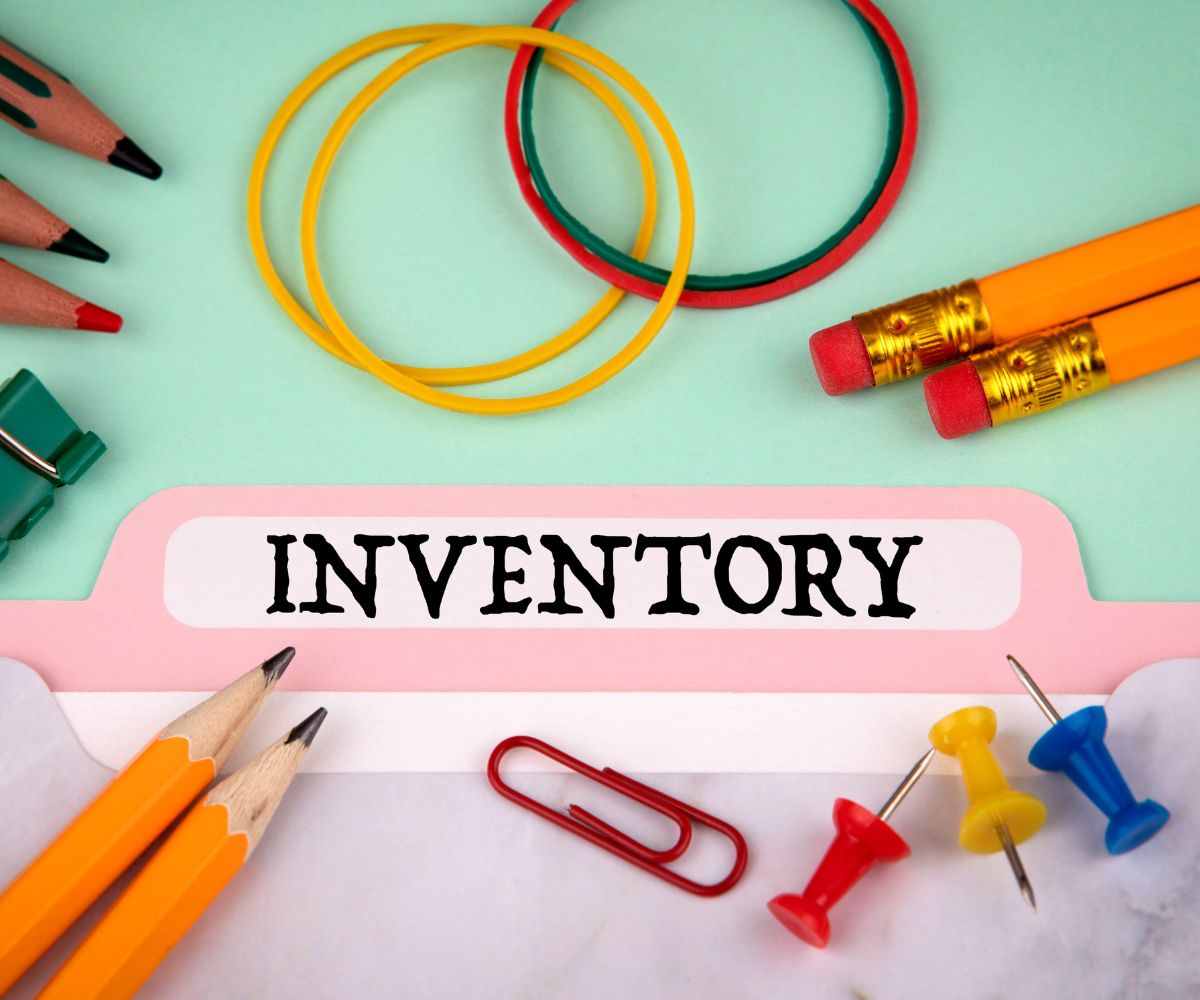In today’s fast-evolving agricultural landscape, managing your farm inventory efficiently is more important than ever. Whether you are a small organic farm or a large-scale agribusiness, keeping track of your seeds, equipment, chemicals, crops, and sales is crucial to maintaining profitability and staying organized. That’s where Harvest.Monster comes in — a powerful digital platform designed specifically for modern agribusinesses.
In this comprehensive guide, we will walk you through the steps and best practices for using Harvest.Monster to manage your farm inventory with confidence and precision.
Why Inventory Management Matters in Farming
Inventory management is the backbone of any successful agricultural operation. Without it, farms risk over-ordering, under-ordering, spoilage, and poor financial planning. An efficient system helps you:
- Track input and output in real time
- Reduce waste and loss
- Improve forecasting and budgeting
- Maintain compliance with safety and quality standards
- Streamline communication with suppliers and customers
Harvest.Monster helps automate and centralize these tasks, providing you with a real-time, bird’s-eye view of your entire inventory.
Getting Started with Harvest.Monster
1. Sign Up and Set Up Your Profile
Begin by creating your account on Harvest.Monster. During setup, include details like:
- Business name
- Location
- Farm type (e.g., crop, livestock, mixed)
- Preferred units of measurement
This profile information will help tailor the inventory management system to your needs.
2. Explore the Dashboard
The intuitive dashboard offers quick access to all your inventory, sales data, orders, and more. You can:
- View recent activity
- Check low-stock alerts
- Track inventory movements
- Access reports and analytics
Spend some time familiarizing yourself with the layout and available features.
Adding and Organizing Inventory
3. Create Inventory Categories
To keep things organized, start by categorizing your inventory. Common categories include:
- Seeds
- Fertilizers
- Pesticides
- Equipment
- Packaging materials
- Harvested crops
You can customize these categories based on your specific operation.
4. Add Inventory Items
Once your categories are in place, add items individually or upload them in bulk using a CSV file. Each item should include:
- Item name
- Category
- Quantity in stock
- Unit of measurement
- Cost per unit
- Reorder threshold
- Expiration date (if applicable)
Harvest.Monster allows you to attach photos, batch numbers, and supplier info for each item.
5. Set Reorder Alerts
To ensure you never run out of crucial supplies, set automated alerts for low-stock items. You can receive email or in-app notifications when it’s time to reorder.
Real-Time Inventory Tracking
Harvest.Monster’s tracking system updates your inventory in real time as you:
- Make purchases
- Record sales
- Move inventory between locations
- Use supplies during production
Each transaction is logged for transparency and accountability, creating a digital paper trail.
6. Batch and Lot Tracking
For traceability, especially important in organic or export markets, batch and lot tracking is key. Harvest.Monster lets you:
- Assign lot numbers to batches
- Track movement of each batch
- Manage recalls or quality issues easily
7. Multi-Location Management
If your farm spans multiple plots or storage units, Harvest.Monster supports multi-location tracking. Assign inventory to specific locations and transfer between them seamlessly.
Integration with Sales and Orders
8. Sync Inventory with Orders
Every time a sale is made through Harvest.Monster’s marketplace or POS system, your inventory updates automatically. This integration minimizes manual work and errors.
9. Generate Purchase Orders
Easily create and send purchase orders to suppliers directly from your dashboard. Once items arrive, mark them as received to update your inventory.
Reports and Insights
10. Run Inventory Reports
Generate detailed reports on:
- Stock levels
- Inventory valuation
- Usage over time
- Expiry and spoilage
- Inventory turnover
Use this data to optimize purchasing, pricing, and planning.
11. Visual Dashboards and Analytics
Visualize trends and performance metrics with charts and graphs. Spot inefficiencies, forecast demand, and make informed decisions.
Best Practices for Inventory Management
12. Regular Audits
Conduct monthly or quarterly audits to match digital records with physical stock. This helps catch errors early.
13. Use FIFO (First In, First Out)
Especially for perishables, FIFO ensures that older stock is used first, reducing waste.
14. Train Your Team
Ensure everyone who handles inventory understands how to use the system properly to maintain consistency.
15. Secure Data Access
Control who can view and edit inventory data with user role permissions. Protect sensitive financial and operational information.
Future-Proofing Your Farm
Harvest.Monster is not just a tool — it’s a partner in your digital transformation journey. With new features and integrations rolling out regularly, the platform is built to grow with your farm. Upcoming enhancements include:
- IoT integration for sensor-based tracking
- Mobile app for offline inventory management
- AI-powered demand forecasting
By adopting a modern inventory management system like Harvest.Monster, you can:
- Reduce operational headaches
- Scale your business efficiently
- Make smarter decisions based on data
Final Thoughts
Inventory management is no longer a manual or seasonal task — it’s a core part of running a modern, profitable farm. With Harvest.Monster, you get a centralized, intuitive, and robust platform tailored specifically for agriculture. From seeds to sales, you can monitor every input and output, stay organized, and prepare your agribusiness for the future.
If you haven’t already, sign up for Harvest.Monster and start mastering your inventory today.
Want help getting started? Our team is here to support you with training, onboarding, and setup — just reach out!

